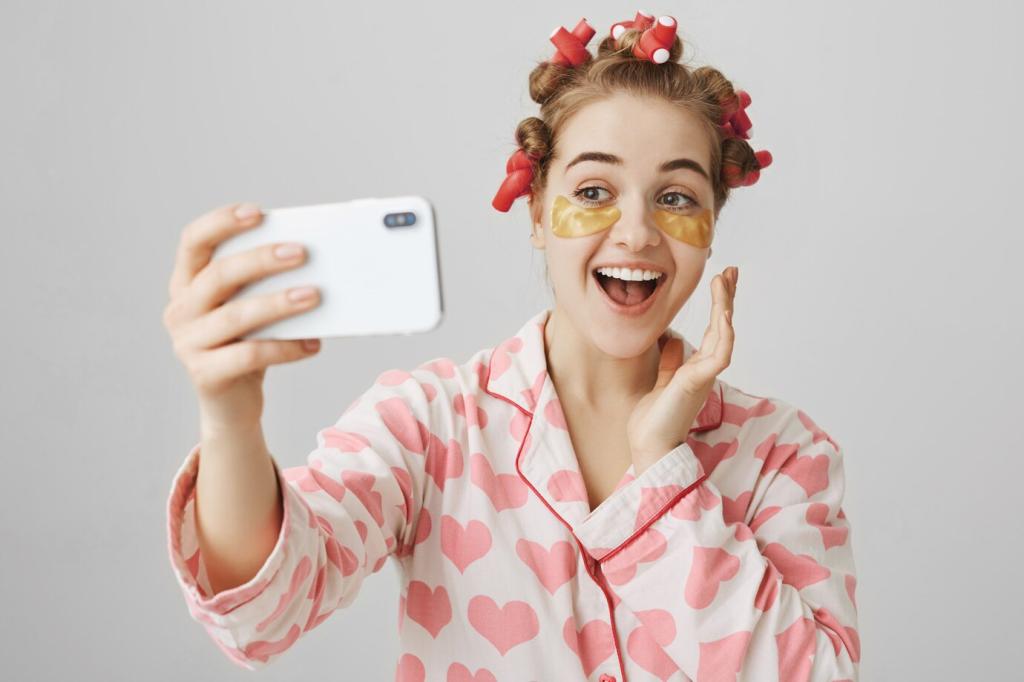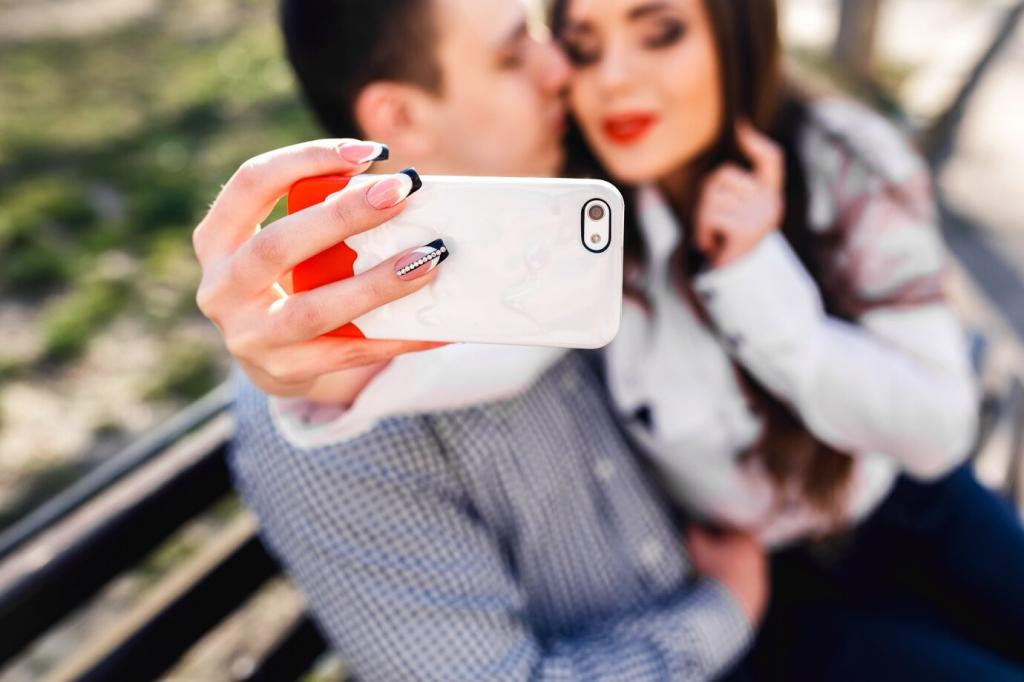Enhancing Details: Editing Techniques for Mobile Photographers
Today’s chosen theme: Enhancing Details: Editing Techniques for Mobile Photographers. Welcome to a friendly space where tiny textures, subtle contrasts, and smart mobile edits turn ordinary frames into tactile, memorable images. Explore practical workflows, learn from real stories, and subscribe for ongoing, detail-driven inspiration.
What Detail Really Means on Mobile
Detail is not just resolution; it’s the interplay of edges, midtone contrast, and texture cues the brain interprets as clarity. By balancing micro-contrast and noise, mobile edits can suggest depth your sensor never technically captured. Tell us where your eyes first land in your favorite shot.


This is the heading
Lorem ipsum dolor sit amet, consectetur adipiscing elit. Ut elit tellus, luctus nec ullamcorper mattis, pulvinar dapibus leo.

This is the heading
Lorem ipsum dolor sit amet, consectetur adipiscing elit. Ut elit tellus, luctus nec ullamcorper mattis, pulvinar dapibus leo.
Use a gentle S-curve to define midtones where detail lives. Avoid clipping highlights or shadows; preserve headroom for local edits. Small curve tweaks can make surfaces feel dimensional before any sharpening. Post your curve screenshot and we’ll workshop it together.
Contrast, Clarity, and Texture: A Layered Approach


Sharpening Without Harshness: A Practical Stack
In the Sharpening panel, increase Masking while holding your finger to preview the masked edges. This targets sharpening to high-frequency areas and keeps smooth gradients clean. It’s the simplest way to keep skies and skin free from brittle noise.
Sharpening Without Harshness: A Practical Stack
Build perceived detail with texture and micro-contrast before adding sharpening. Then apply modest sharpening to already-defined edges. This reduces haloing and preserves a natural look. Share a crop at 100% and we’ll suggest a gentle, realistic finishing touch.
Neutralize Casts to Reveal Texture
A green or magenta cast can smear perceived detail, especially in skin and concrete. Correct white balance first, then fine-tune tint. Once neutral, micro-contrast reads cleaner. Post a color-cast example and we’ll advise a fast correction workflow.
HSL Separation for Clarity
Use HSL to gently separate adjacent hues—shift blues cooler in the sky, warm brick reds slightly, and reduce saturation in distracting colors. This clarifies forms without extra sharpening. Share your HSL sliders for a friendly critique from our community.
Keep Skin Believable
For portraits, reduce clarity, raise texture subtly, and use HSL to tame reds and oranges. Protect pores while avoiding plastic smoothness. Invite feedback by posting close crops; we’ll help you balance realism and flattering detail.
Selective Masks That Guide the Eye

Place a soft radial mask over your subject, increase texture slightly inside, and lower clarity just outside. This creates gentle separation without obvious vignetting. It feels cinematic yet subtle. Share a screenshot of your mask layout for feedback.
Storytelling Through Texture and Micro-Moments
Find a tactile hero—rust on a bike chain, foam on a cappuccino, paint on a theater door. Edit to emphasize their textures with targeted contrast and color separation. Invite viewers to feel the scene, not just see it, and share your micro-story caption.

